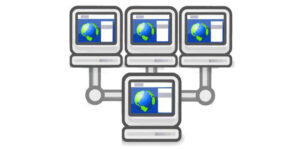4 Tools To Help You Attract Talent to Your Company
While the job search has almost gone global thanks to the Internet, it’s getting harder and harder to find qualified enthusiastic employees. Manpower’s 2016 Talent
While the job search has almost gone global thanks to the Internet, it’s getting harder and harder to find qualified enthusiastic employees. Manpower’s 2016 Talent
Remote working can be beneficial for both employer and employee. One study found that remote employees are happier, more productive, and 50 percent less likely

Knowing which social media resources to use and how to get the most from them can help during job hunting as well as for taking

In an age of digital exuberance, what can we do to avoid social overload? Tips to lower your stress while expanding your network

Virtual teams make great business sense. But before you unleash your workforce, it pays to develop a coordinated technology plan.

Telecommuting success isn’t a slam dunk — but the business benefits can be significant. What should employers consider?

How can employers improve their odds of landing top talent in today’s recruiting game? This infographic shows why new HR technology is a smart bet…

With all the expert advice, tools and “thought leaders” available to us these days, who and what is making the biggest difference in your life? Let’s learn from one another!

Why is this “The Year of Big Data” in HR? And what will it take for HR decision makers to gain business value from a rapidly rising tide of data? Our community takes a closer look…

When you put the right information in the hands of business managers, Employee Success will follow. Consider these 3 ways to make it happen…
Join us for the #TChat Radio show tonight at 7 pm ET (4 pm PT) where our special guest is John Sumser, the principal analyst
Thanks to a new set of location-based mobile applications that have cropped up over the past year, our social interactions online are beginning to impact our real world lives in very real ways. Here’s how they work now: